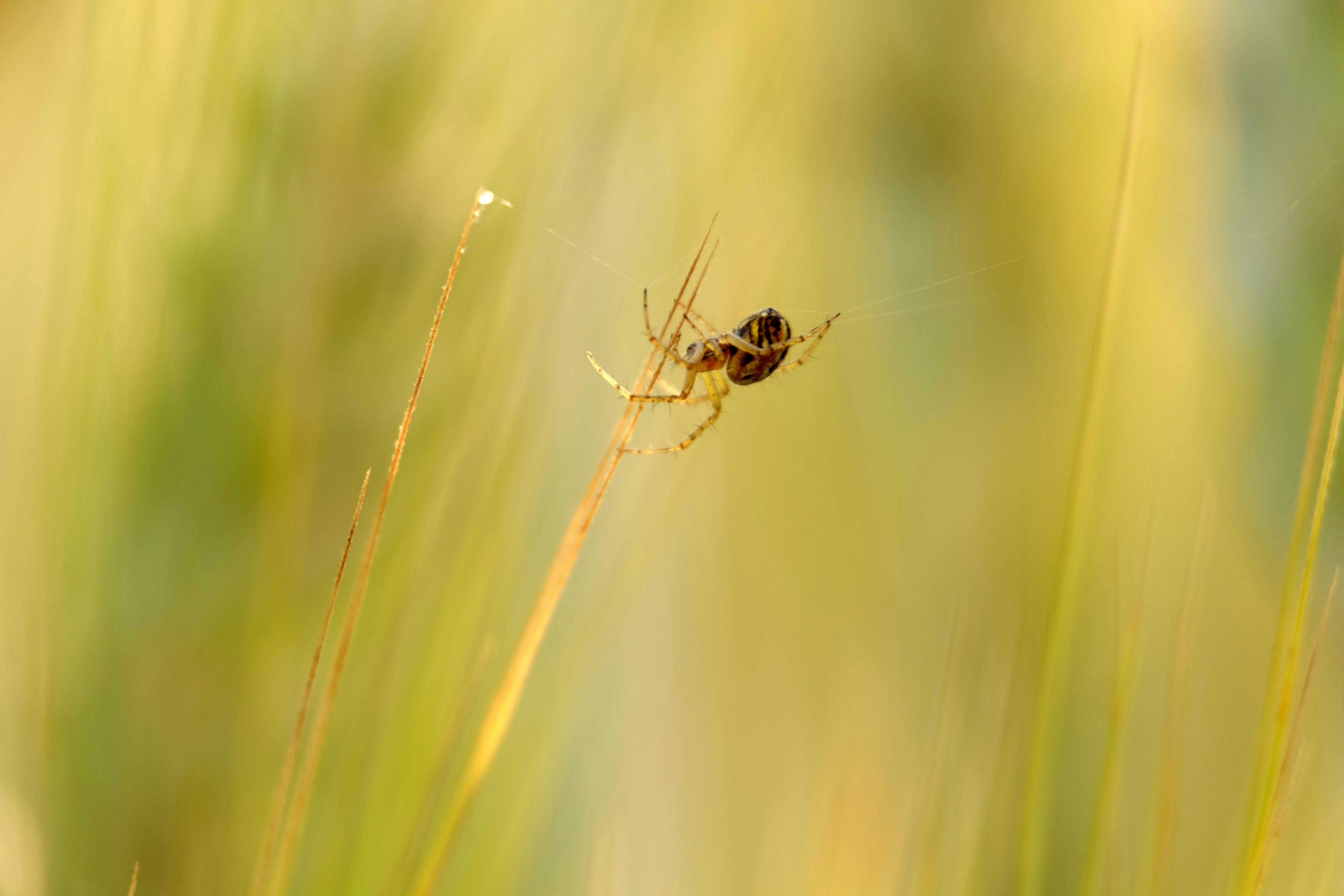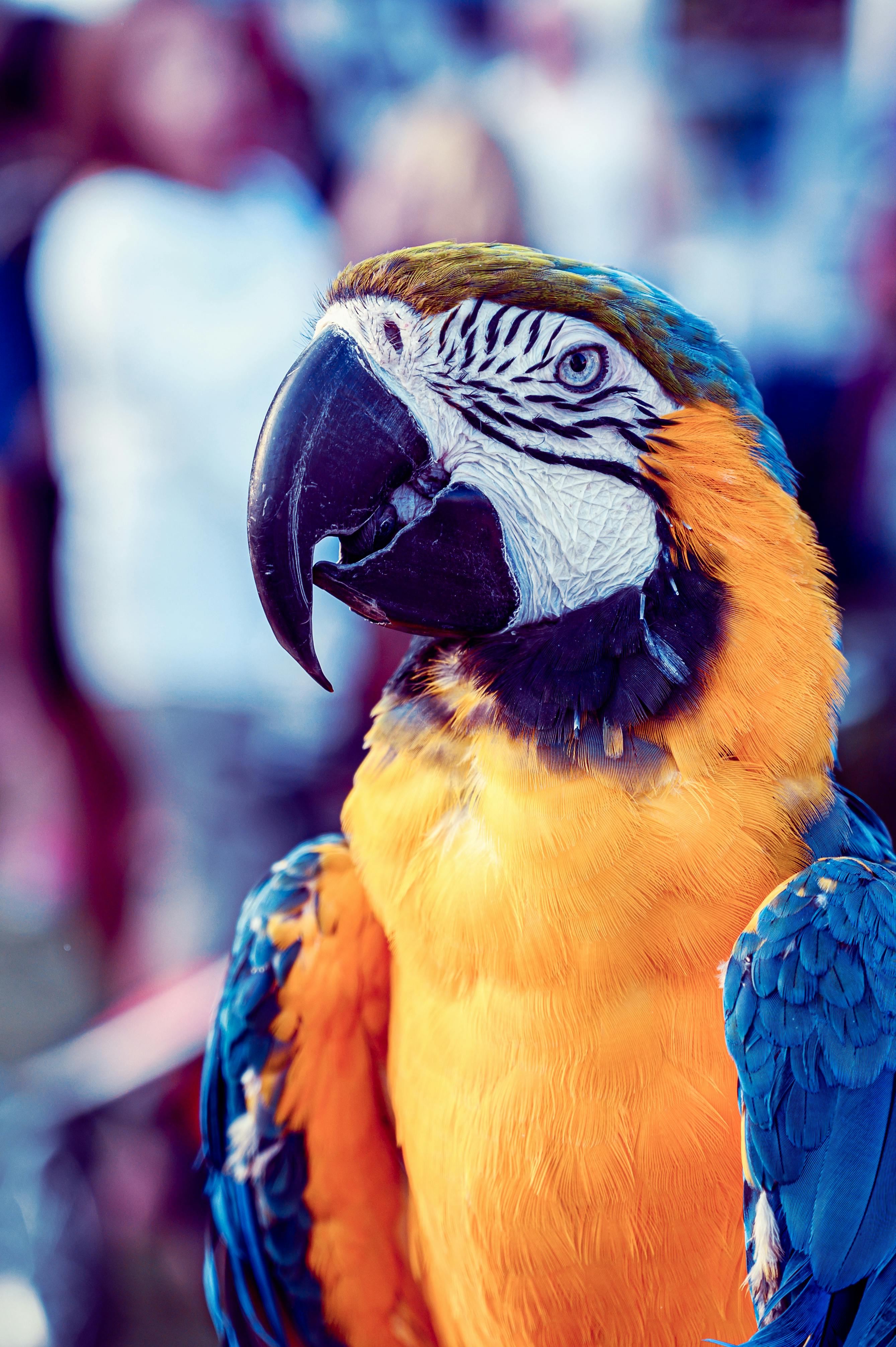Effective Ways to Breed Axolotls and Optimize Care in 2025
Axolotls, known for their unique regenerative abilities, have become popular pets and subjects of study among aquarists and scientists alike. Breeding axolotls can be a rewarding yet intricate process, requiring an understanding of their biology, breeding behavior, and the optimal care needed for both parents and offspring. In this guide, we’ll explore effective methods to breed axolotls, offering tips on setting up the perfect breeding environment, the intricacies of axolotl mating habits, and crucial advice on raising axolotl fry. Understanding these aspects not only benefits the axolotls themselves but also enhances your experience as an aquarist.
By providing proper care during breeding, you can ensure the successful reproduction of these fascinating creatures. We will delve into common axolotl breeding issues, tips for monitoring health, and the ideal conditions for breeding. Plus, we will share insights into the genetics of axolotls and how it plays a role in selection for breeding pairs. This comprehensive approach will equip you with the knowledge to engage in axolotl breeding effectively in 2025.
Key Takeaways:
- Understanding breeding behavior and mating rituals is essential.
- Setting up a suitable breeding tank can significantly impact success.
- Proper care for egg and fry species enhances survival rates.
Setting Up the Perfect Axolotl Breeding Tank
Creating a breeding tank that meets the unique needs of axolotls is vital for successful breeding. An ideal breeding environment mimics their natural habitat while offering a controlled space for mating and egg laying. Start with a spacious tank, ideally 20 gallons or more, which provides ample room for movement and reduces stress during the breeding process. The setup should include a gentle filtration system, ensuring optimal water quality for axolotl breeding. Maintain a temperature range of 18-20°C (64-68°F) as this is generally favorable for reproduction.
Include suitable substrates, such as sand or gravel, allowing for easy cleaning while also providing hiding spots and enriching the habitat. Aquatic plants can also offer shelter during the breeding routine. Employing a cycle of water changes will keep the environment clean and promote the overall health of your axolotls. This necessary tank maintenance promotes a stress-free environment, encouraging mating.
Attention to water parameters is another crucial factor; keep pH levels between 6.5 and 7.5 for optimal health. Regularly testing the water for ammonia, nitrite, and nitrate levels will prevent toxins from interfering with breeding. All of these factors lead to an ideal setup where axolotls are likely to thrive and successfully breed.
Best Conditions for Axolotl Breeding
To increase the likelihood of breeding success, it’s important to replicate the appropriate environment that triggers axolotl mating behaviors. A few weeks before breeding, consider adjusting the temperature, slightly lowering it followed by a gradual increase to simulate seasonal changes. This method can help trigger hormonal responses leading to reproductive readiness.
Moreover, feeding axolotl parents a nutritious diet rich in vitamins and high-quality live food like earthworms or brine shrimp can improve their overall condition. Experiment with different food types to ensure they receive a balanced diet, enhancing their breeding capabilities.
Understanding Axolotl Mating Rituals
During the breeding season, which typically occurs in spring, male axolotls exhibit courtship behaviors, such as swimming in circles and nudging females. Recognizing these mating rituals is essential for successful reproduction. Pay attention to the signs of a female axolotl's readiness; her abdomen will swell, indicating she is full of eggs. If male axolotls show interest, prepare for mating.
During mating, the male deposits sperm packets called spermatophores in the tank, which the female will subsequently collect to fertilize her eggs. Understanding this process is vital to creating a peaceful breeding environment where both male and female are comfortable. Proper isolation of breeding pairs can reduce stress, increasing the chance of successful fertilization.
Common Axolotl Breeding Issues
Even with a carefully set up environment, issues may arise during the breeding process. Some common concerns include aggression between males or failing to recognize female readiness. It's crucial to observe interactions closely and be prepared to separate individuals if aggression becomes apparent. Another issue may involve fertilization; if eggs fail to develop, double-check water quality and temperature, which directly influence embryo growth.
Monitoring Axolotl Health During Breeding
Throughout the breeding process, continual monitoring of axolotl health is essential. Signs of health concerns can include lethargy, unusual swimming patterns, or changes in appetite. Maintain an eye on water quality and adjust filtration and cleaning routines as necessary to sustain the quality of their habitat. Adequate care and attention will help ensure both breeding pairs thrive, leading to successful reproduction.

Raising Axolotl Eggs and Fry
Successfully raising axolotl eggs into healthy juveniles involves specific care and monitoring practices. Axolotls typically lay hundreds of eggs, usually adhering to surfaces such as plants or decor in the tank. It's essential to ensure that the hatchery environment is optimal for egg development by maintaining a suitable water temperature and quality.
Once eggs are laid, remove any uneaten food and debris from the tank to prevent fungal growth. Regular water changes are crucial to provide a clean environment, removing waste that could harm developing eggs. Typically, eggs will hatch within 10 to 14 days, and after hatching, axolotl fry will require specific care.
Feeding Axolotl Fry
Upon hatching, axolotl fry are miniature versions of their adult counterparts and require high-protein diets to promote healthy growth. Start by feeding specialized baby food such as finely crushed pellets, or live food like baby brine shrimp. Regular feeding schedule adjustments will help foster growth; ensure food remains available while preventing overfeeding to maintain water quality.
Common Mistakes in Raising Axolotl Fry
Raising axolotl fry can be surprisingly challenging. One common mistake is neglecting the importance of keeping fry separated as they grow. Axolotls can be territorial with each other; if overcrowding occurs, weaker individuals may suffer. Consider using isolation tanks or dividing sections in the breeding tank to accommodate rapid growth.
Supporting Axolotl Growth Stages
As axolotl fry grow, their dietary needs will change. Adjust feeding practices to accommodate increasing size and developmental needs. It’s important to monitor their health, noting signs of possible illness and ensuring they receive proper nutrients during growth phases. Proper care during these early stages greatly influences the overall success of raising healthy axolotls.
Post-Breeding Axolotl Care
Once the breeding season is complete and the fry are being cared for, it's time to turn focus back to the adult axolotls. They require adequate care and recovery time post-breeding to maintain health. Adjust feeding schedules, providing nutritious foods that assist in recovery, and ensure they have plenty of clean water in their habitat. Monitoring their health and activity levels post-breeding is crucial for overall wellbeing.

Understanding Genetics of Axolotls and Breeding Success
Understanding axolotl genetics plays a vital role in breeding success, especially for enthusiasts aiming for specific morphs or traits. Familiarize yourself with the various axolotl morphs such as leucistic, albino, and golden. Selecting pairs based on desirable genetics will significantly impact the likelihood of producing attractive offspring. This understanding allows for more informed decisions regarding breeding stock.
Additionally, it’s important to understand how traits are inherited and the impact of breeding selectivity. Careful selection of breeding pairs will promote genetic diversity, thereby reducing the risk of health issues later in life. Utilize knowledge of axolotl reproduction tips when making breeding decisions to optimize outcomes.
Best Practices for Selecting Breeding Pairs
When selecting breeding pairs, consider factors such as size, age, and overall health. Female axolotls should have a filled abdomen, indicating readiness to breed, while males should exhibit active and healthy behavior. Assessing compatibility and vigor can substantially enhance the success of breeding efforts.
Axolotl Breeding Checklist
Create a thorough axolotl breeding checklist to stay organized during the breeding process. This checklist should include all necessary preparations such as tank setup, monitoring water conditions, establishing a feeding regimen, and keeping track of breeding behaviors. This methodical approach will ensure that no critical aspects are overlooked and will enhance the chances of breeding success.
Ethical Considerations in Axolotl Breeding
Ethical breeding practices must be upheld during axolotl breeding. Ensure that breeding isn't done excessively, as this can lead to stress and health concerns for individuals. Understanding legal or conservation-related aspects of axolotl breeding is vital, especially considering their captive breeding impact on wild populations.
Conclusion
Successfully breeding axolotls in captivity requires a mix of knowledge, careful observations, and proper setup. By understanding their genetics, mating habits, and the various stages of raising axolotl fry, enthusiasts can cultivate thriving axolotl populations. Maintaining high standards of care and ethical practices is essential in enjoying the beauty of these exceptional aquatic creatures, contributing positively to their preservation and appreciation.
```